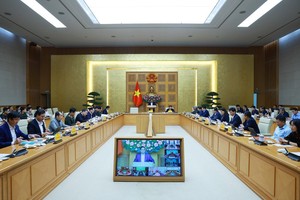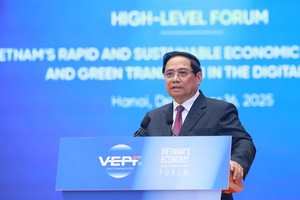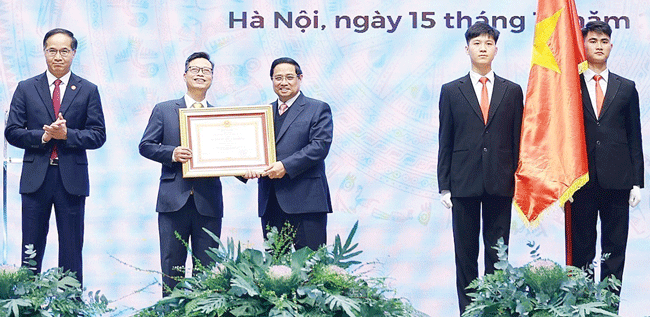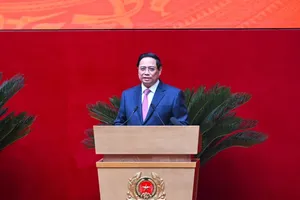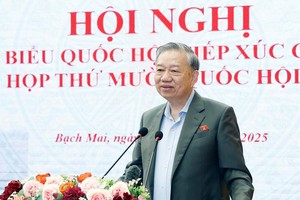 |
Researchers are working at a laboratory of the International University, VNU-HCM. (Photo: vnuhcm.edu.vn) |
According to Scopus, the number of VNU-HCM’s published articles shot up 40 percent annually during 2020-2022, especially in prestigious international journals of two big databases Web of Science (Clarivate) and Scopus (Elsevier).
As many as 4,900 articles were published during 2016-2020, while the figure rose to more than 5,900 during 2020-2022, including nearly 2,300 last year, up 26 percent from 2021.
The university’s top research articles accounted for some 67 percent of the total declared on Quartile 1 and Quartile 2 journals. Scientists from the university have joined hands with domestic and international partners to publish their fundamental research works and articles in the world’s leading journals with high-impact factors such as Science and Nature.
The published scientific projects and articles are considered a key to bolster the university’s academic reputation, making contributions to improving its position in the international rankings.
It has maintained a position in the top 801-1000 of the world’s universities, and ranked 167th in the list of best universities in Asia by the UK educational organisation Quacquarelli Symonds (QS).
Under the Politburo’s Resolution No.24-NQ/TW dated October 7, 2022, on promoting socio-economy development and ensuring defence and security for the Southeastern region by 2030 with a vision to 2045, the VNU-HCM is developing a project to turn itself into one of the leading higher education institutions in Asia.
VNU-HCM Chancellor Vu Hai Quan said that the project is aimed at improving the quality of education and training, scientific research, and technology transfer, gradually renewing higher education.
The university eyes to have some 140,000 bachelors, engineers, architects and postgraduates fulfil their training programmes, and 90 percent of fresh graduates get employment by 2030, he said, adding the university will publish more than 35,000 articles on Scopus and put a national innovative centre into operation.
Additionally, curricula as well as research programs in the fields of semiconductors, bio-technology, information technology and AI will be developed under the project, making them in Asia’s top 50, Quan said.




